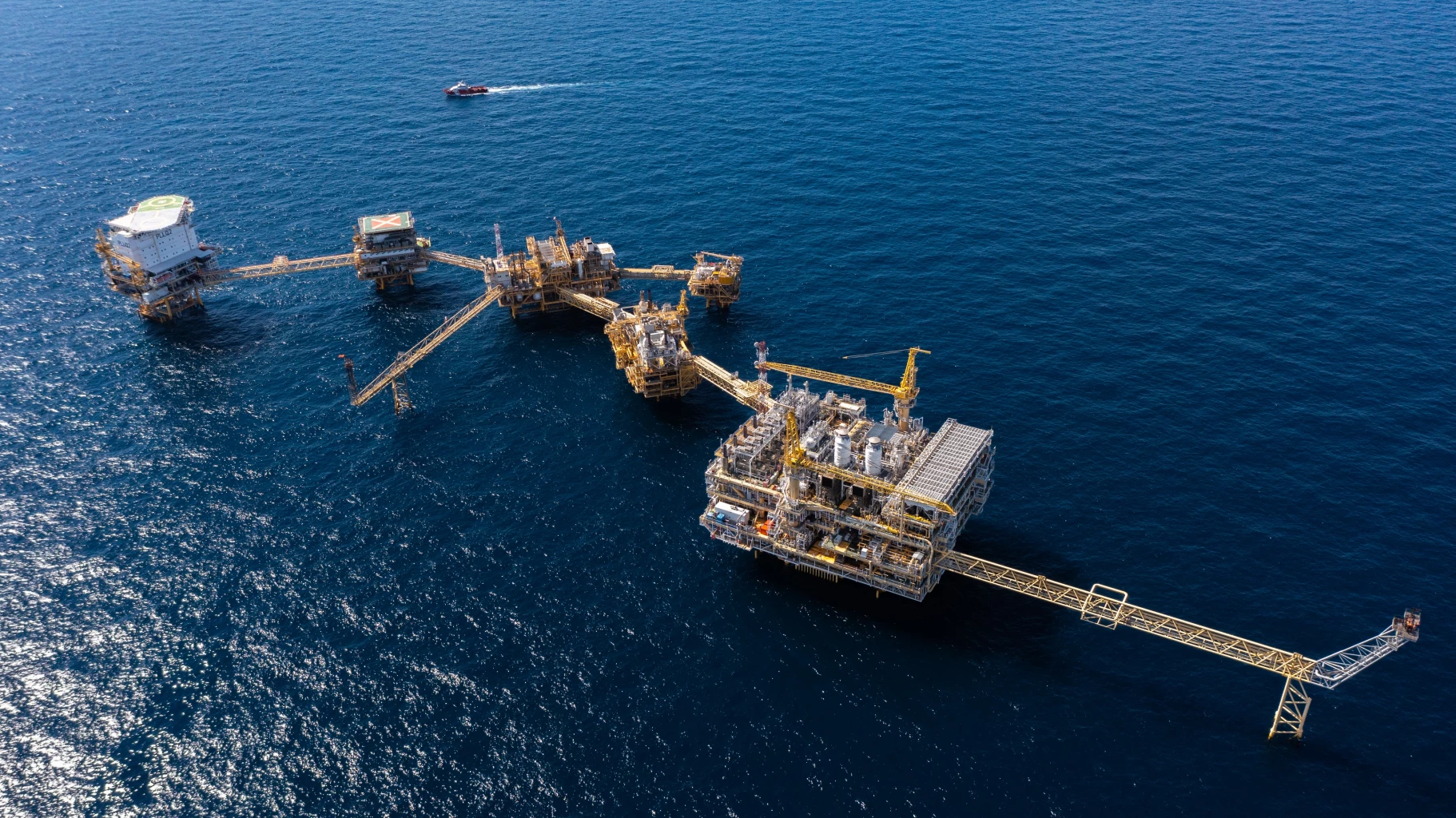Moody’s: APAC sovereign outlook is stable

Moody’s Investors Service says that a favourable growth environment underpins its stable outlook for sovereign creditworthiness in Asia Pacific (APAC) over the next 12 to 18 months, although high leverage remains a key credit constraint, according to its statement on Wednesday.
“Robust economic strength in the region and high levels of trade openness leave the region’s sovereigns well-positioned to benefit from stronger global GDP growth,” says Anushka Shah, a Moody’s assistant vice president and analyst.
Specifically, Moody’s expects APAC emerging markets to grow by 6.5 per cent in 2018, frontier economies by 5.9 per cent and advanced economies by 1.8 per cent.
Moody’s conclusions are contained in its just-released report “Sovereigns - Asia Pacific: 2018 outlook stable as upturn in growth balances high leverage”.
India and China remain the fastest growth economies in the region. A gradual moderation in growth in China (A1 stable) and temporary slowdown in India (Baa2 stable) will be balanced by robust growth trends in other
Asian economies.
Nevertheless, a slower pace of cross-border economic integration will constrain improvements in growth potential compared with the past two decades. Medium-term challenges also relate to the ongoing rebalancing in China, which will likely continue to constrain its imports, generally slowing or negative demographic trends in the region, and potential
middle-income traps.
Moody’s report highlights that most APAC economies are highly leveraged, either in the government, corporate or household sectors - a result of several years of relatively slow revenue and income growth and low interest rates.
As interest rates are more likely to rise than fall further, government debt is a particular concern for the frontier markets and Japan (A1 stable). Some economies - particularly those that have less flexible exchange rates and/or a higher level of dollarisation - may also have
less monetary policy space to respond to a potential rapid rise in interest rates.
And high corporate debt in China, and some sectors in India, Indonesia and Korea, along with high household debt in several APAC advanced economies, could constrain growth, blunt the effectiveness of counter-cyclical policies and raise contingent liability risks.
The risk of geopolitical tensions erupting in the region has gained prominence over the course of 2017, relating largely to tensions on the Korean peninsula. Moody’s continues to assume that the probability of a conflict is low, albeit with a high credit impact, mainly for Korea but
also for Vietnam (B1 positive) and Japan.
A busy electoral schedule may also slow reform momentum in some economies, with Malaysia (A3 stable), Cambodia (B2 stable), Fiji (Ba3 stable),
Thailand (Baa1 stable) and Pakistan (B3 stable) set to hold parliamentary elections, and the Maldives (B2 stable) a presidential election.
Of the 24 sovereigns that Moody’s rates in Asia Pacific, 21 had a stable outlook as of January 2018, two held a positive outlook and one had a negative outlook. In 2017, there were more positive than negative rating
actions, a reversal from 2016.





